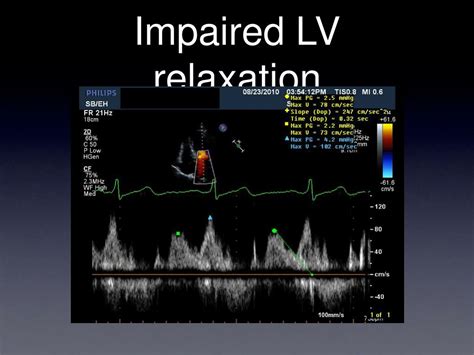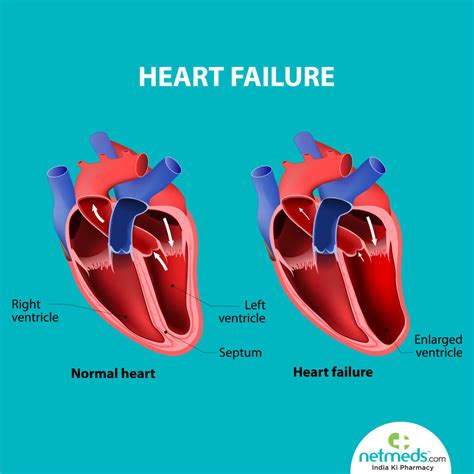moderate lv dysfunction | moderately impaired lv function moderate lv dysfunction Left ventricular dysfunction is the medical name for a weak heart pump. It's a condition that impacts about 9% of people over the age of 60, which is around 7 million Americans. In this Mayo Clinic Minute, Dr. Paul Friedman , a Mayo Clinic cardiologist , explains what the condition is and how it can be diagnosed and treated. DRK melds are somewhat hard to just give you a one size fits all build for. The unfortunate reason for this is because of blood weapon and the way ping affects the gameplay. Basically you need to be able to fit 5 GCDs into each blood weapon window.
0 · what is impaired lv relaxation
1 · treatment for severe lv dysfunction
2 · moderately impaired lv function
3 · moderate lv systolic dysfunction treatment
4 · moderate lv dysfunction treatment
5 · is lvsd life threatening
6 · is impaired lv relaxation dangerous
7 · impaired left ventricular relaxation symptoms
The Eorzea Database Fisher Quests page. English. . Disciple of War Job Quests. Paladin Quests. Monk Quests. Warrior Quests. Dragoon Quests. Bard Quests. Ninja Quests. Dark Knight Quests. Machinist Quests. Samurai Quests. Gunbreaker Quests. . Item Level - Required Level - Option: Category 3
what is impaired lv relaxation
cinturunp gucci donna
Left ventricular dysfunction is the medical name for a weak heart pump. It's a . Left ventricular diastolic dysfunction (LVDD) is a condition that affects your heart’s ability to fill up with blood before sending the blood out into your circulation. Left ventricular dysfunction is the medical name for a weak heart pump. It's a condition that impacts about 9% of people over the age of 60, which is around 7 million Americans. In this Mayo Clinic Minute, Dr. Paul Friedman , a Mayo Clinic cardiologist , explains what the condition is and how it can be diagnosed and treated. Systolic heart failure, also called heart failure with reduced ejection fraction, occurs when your left ventricle can’t pump blood efficiently. It’s a serious condition and can cause damage to other organs.
Left ventricular dysfunction (LVD) with subsequent congestive heart failure (CHF) constitutes the final common pathway for a host of cardiac disorders. Coronary artery narrowing or ischaemic heart disease is the dominant cause of heart failure and is often associated with acute or prior myocardial infarction.
A normal filling pattern in community-dwelling subjects indicates an excellent prognosis. 1 In contrast, an abnormal filling pattern and progressively greater abnormalities of left filling (impaired relaxation versus pseudonormalized and restricted filling patterns) indicate patients with a progressively increased risk of subsequent mortality.Diastolic dysfunction occurs when the lower heart chambers don’t relax properly during diastole. As a result, you may experience pressure buildup in your heart chambers. Over time, diastolic dysfunction can lead to heart failure. However, many people successfully manage the condition with lifestyle changes, medications or other treatments.Known Left Ventricular Systolic Dysfunction. If no established diagnosis of heart failure, please see referral for suspected diagnosis of heart failure page. For patients with an established diagnosis of heart failure: Classify severity according to NYHA score. Left ventricular failure occurs when there is dysfunction of the left ventricle causing insufficient delivery of blood to vital body organs.
B – Treatment for moderate or severe LVSD. Start ACE inhibitor (ACEi)* or ARB if not tolerated and a beta blocker* (BB) and up titrate to maximum tolerated doses. Commence mineralocorticoid receptor antagonist (MRA) if severe LVSD e.g. spironolactone* or eplerenone*.
Assessment of left ventricular (LV) diastolic function is an essential component of the comprehensive evaluation of cardiac function by echocardiography. Several indices have been examined over the years, spanning simple to complex measurements. Left ventricular diastolic dysfunction (LVDD) is a condition that affects your heart’s ability to fill up with blood before sending the blood out into your circulation. Left ventricular dysfunction is the medical name for a weak heart pump. It's a condition that impacts about 9% of people over the age of 60, which is around 7 million Americans. In this Mayo Clinic Minute, Dr. Paul Friedman , a Mayo Clinic cardiologist , explains what the condition is and how it can be diagnosed and treated.
treatment for severe lv dysfunction
Systolic heart failure, also called heart failure with reduced ejection fraction, occurs when your left ventricle can’t pump blood efficiently. It’s a serious condition and can cause damage to other organs.Left ventricular dysfunction (LVD) with subsequent congestive heart failure (CHF) constitutes the final common pathway for a host of cardiac disorders. Coronary artery narrowing or ischaemic heart disease is the dominant cause of heart failure and is often associated with acute or prior myocardial infarction. A normal filling pattern in community-dwelling subjects indicates an excellent prognosis. 1 In contrast, an abnormal filling pattern and progressively greater abnormalities of left filling (impaired relaxation versus pseudonormalized and restricted filling patterns) indicate patients with a progressively increased risk of subsequent mortality.Diastolic dysfunction occurs when the lower heart chambers don’t relax properly during diastole. As a result, you may experience pressure buildup in your heart chambers. Over time, diastolic dysfunction can lead to heart failure. However, many people successfully manage the condition with lifestyle changes, medications or other treatments.
Known Left Ventricular Systolic Dysfunction. If no established diagnosis of heart failure, please see referral for suspected diagnosis of heart failure page. For patients with an established diagnosis of heart failure: Classify severity according to NYHA score.
Left ventricular failure occurs when there is dysfunction of the left ventricle causing insufficient delivery of blood to vital body organs.B – Treatment for moderate or severe LVSD. Start ACE inhibitor (ACEi)* or ARB if not tolerated and a beta blocker* (BB) and up titrate to maximum tolerated doses. Commence mineralocorticoid receptor antagonist (MRA) if severe LVSD e.g. spironolactone* or eplerenone*.


2.4K views 1 year ago Class/Job level 50/60/70-90 guides for all jobs. Level 60 through 90 step by step, including Openers at 70 and 80 along the way! In this guide, I continue my.No Friends of Mine I. Dancer - Part 1. Rising to the Occasion. 80. Nashmeira. No Friends of Mine II. Dancer - Part 2. 1 Heavens' Eye Materia VII. 1 Savage Aim Materia VII.
moderate lv dysfunction|moderately impaired lv function



























